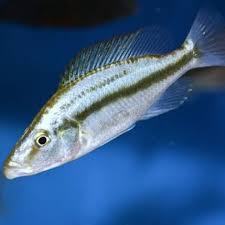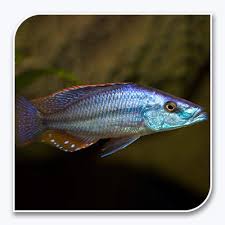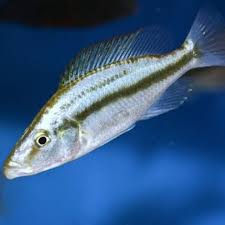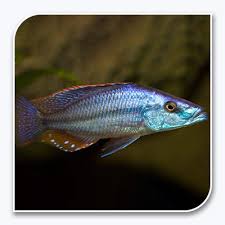Eye Biter ( Dimidiochromis compressiceps) 20-30mm
Eye Biter ( Dimidiochromis compressiceps) 20-30mm
check_circle Fast Shipping
check_circle Quality Products
check_circle Affordable Price
Reach out to us on ''available to order'' items via WhatsApp or email
Low stock: 7 left
Couldn't load pickup availability
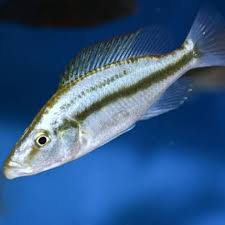
Eye Biter ( Dimidiochromis compressiceps) 20-30mm
package_2
Product Description
Product Description
All our fish, shrimp and corals are bagged with fresh oxygen as well as a heat pack in winter.
When ordering livestock please select the box size and add it to your cart for accurate overnight (1-2 days) shipping costs. A small box can take 1-2 bags and a medium box 6 bags. One bag fits max 10 small (1-3cm) fish or max 2 medium (3-5cm) fish or max 1 large (>5cm) fish.
ONE SPECIES PER BAG. Eg: One bag of 10 neon tetra.
Eye Biter (Dimidiochromis compressiceps) - Description & Care
Description
- Scientific Name: Dimidiochromis compressiceps
- Common Name: Eye Biter
- Origin: Lake Malawi, Africa
- Size: Up to 10 inches (25 cm)
- Lifespan: 8–10 years
- Temperament: Aggressive and predatory
- Appearance:
- Elongated, laterally compressed body
- Metallic blue in males, with females and juveniles being more silver-brown
- Sharp, pointed snout used for ambush hunting
Care Requirements
- Tank Size: Minimum 75 gallons for a single, larger for a group
-
Water Parameters:
- Temperature: 76-82°F (24-28°C)
- pH: 7.5-8.5
- Hardness: Moderate to hard (10-20 dGH)
-
Substrate & Décor:
- Sandy or fine gravel substrate
- Rocks and caves for hiding spots
- Open swimming space is essential
-
Diet:
- Carnivorous—prefers live and frozen foods like shrimp, krill, and small fish
- Can accept high-quality pellets and flakes
-
Tank Mates:
- Best kept with other aggressive Malawi cichlids
- Avoid small or slow-moving fish, as they may be attacked
-
Behavior:
- Known to attack the eyes of other fish, hence the name
- Territorial—best kept with fish of similar size and temperament
-
Breeding:
- Mouthbrooder—females carry fertilized eggs in their mouths
- Males become highly territorial during breeding
